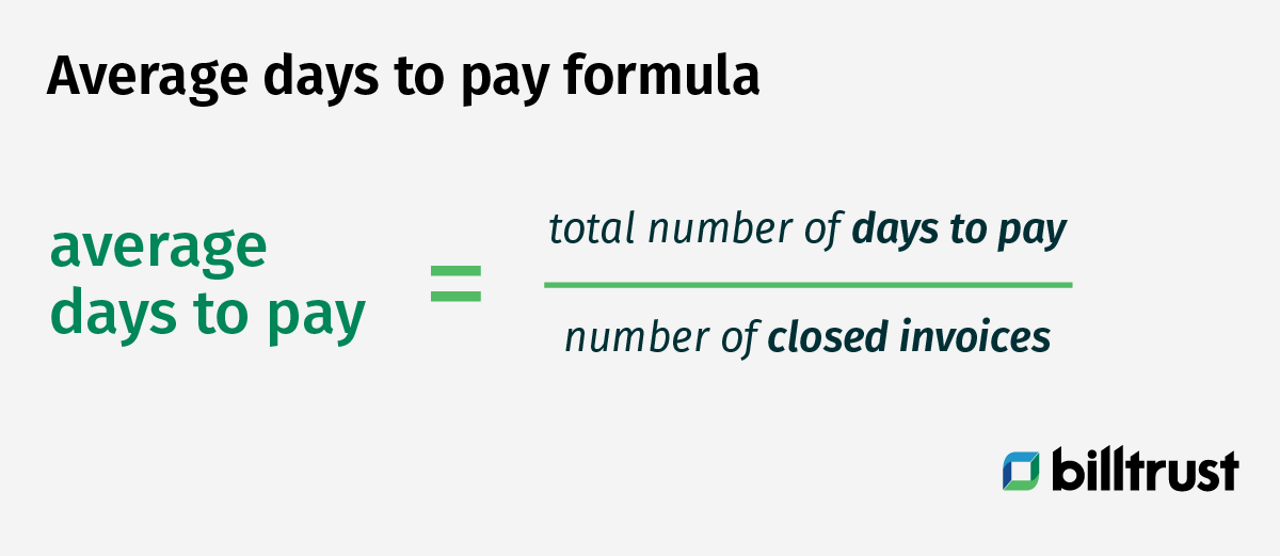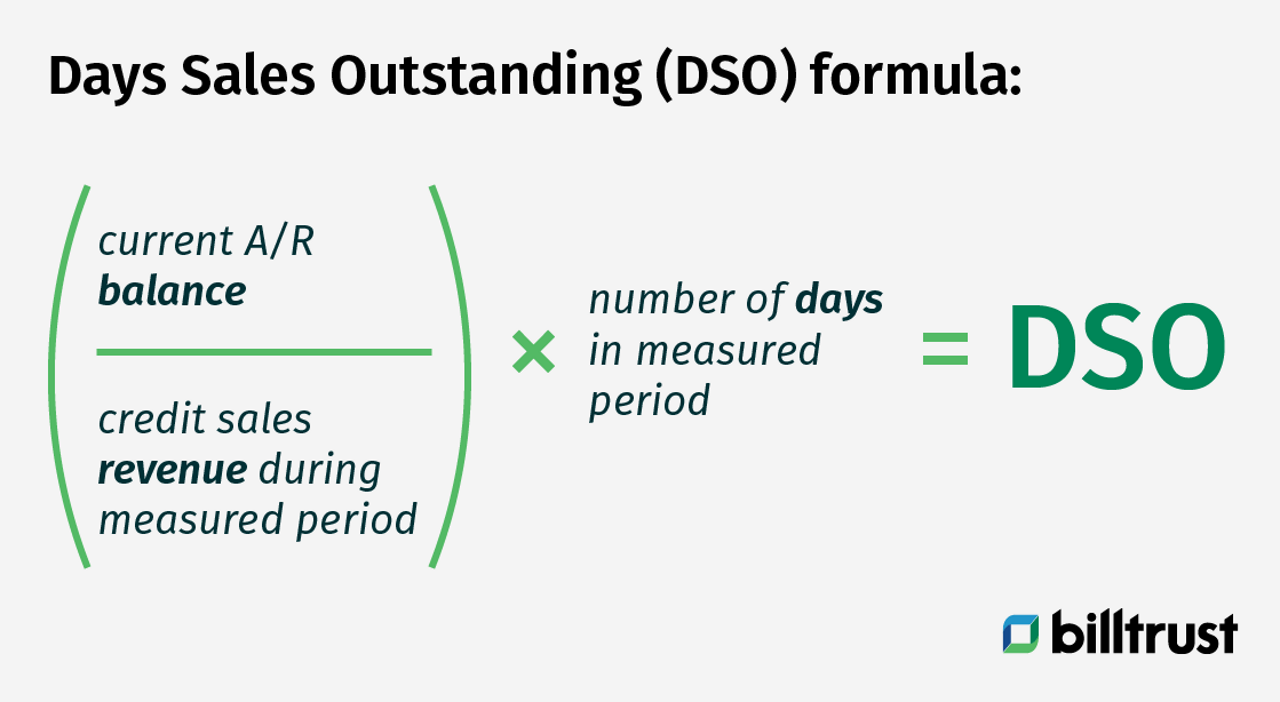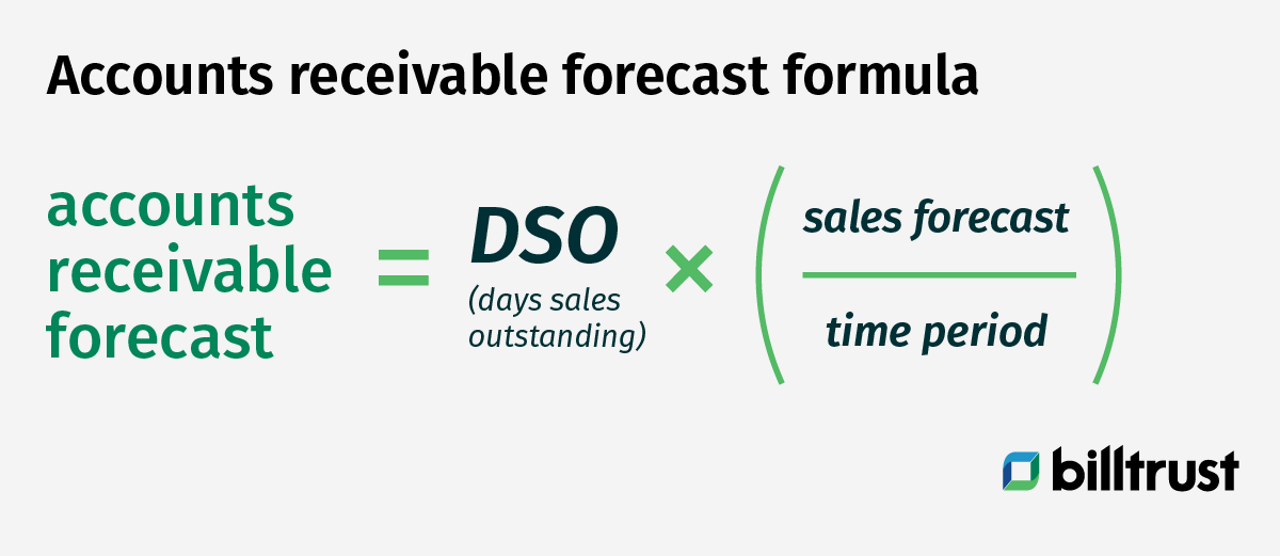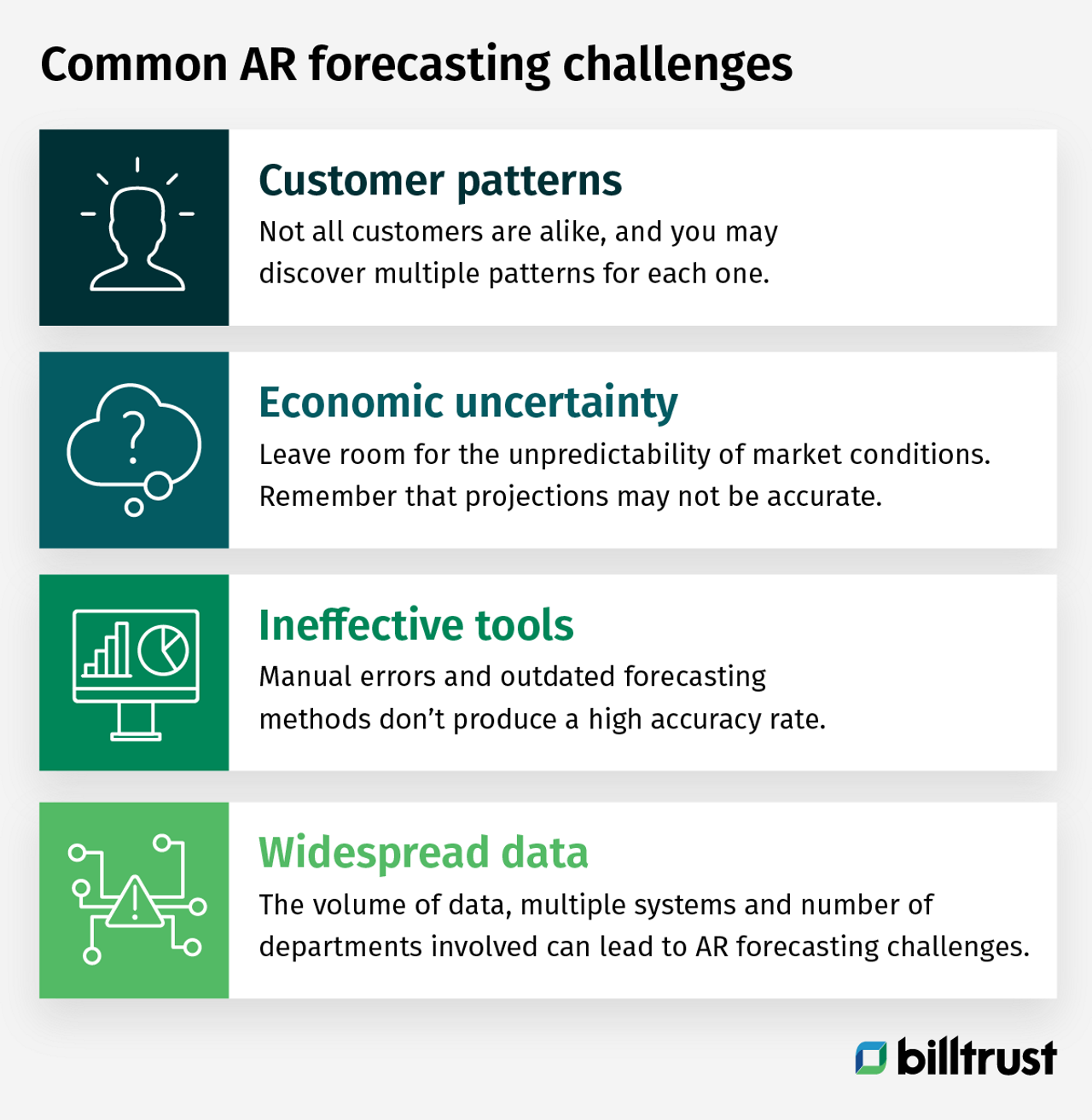Throughout the years, your business may face AR forecasting challenges related to your collections. After all, you must know how much your business will collect from its customers over time. This is especially true for a new business because its startup cash flow may be minimal.
Financial forecasting is one of the most critical and challenging elements of the cash flow forecasting process for finance and treasury teams because it’s tied to your business’s cash flow and financial decision and health.
Keep reading to learn about standard, easy-to-perform AR forecasting, get an overview of the direct and indirect forecasting methods and more.
What are the common ways to perform AR forecasting?
If you want to grow your business, forecasting can help you reach your financial goals. Plus, you can see potential AR forecasting challenges. Here are some ways to accurately and quickly predict your future cash flows:
Average days to pay
The average days to pay (ADP) method uses the total number of days to pay divided by the number of closed invoices. Credit managers should review this because the calculation quickly assesses a customer’s credit risk by showing the average time they take to pay bills. To calculate ADP, use the following formula:
Average days to pay = Total number of days to pay / Number of closed invoices
Because invoice amounts and customers differ, financial analysts may find this adds a level of complexity when calculating ADP.

Average DSO
DSO, or days sales outstanding, represents the average number of days it takes for a company to convert a sale into a payment. The time between a sale and receipt of payment must be managed carefully because your business depends on healthy cash flows.
An upward trending DSO can predict cash flow management problems and may indicate that your business has difficulty collecting its receivables. You may calculate days sales outstanding monthly, quarterly or yearly. The DSO formula is:
Days Sales Outstanding = (Accounts Receivable/ Total Credit Sales) x Number of days
Once your financial analyst calculates your business’s average DSO, you can use the information to forecast your future AR. First, you calculate the credit sales expected during a specific period by analyzing the historical data. Your analyst will then calculate accounts receivable forecast using the following formula:

Accounts Receivable Forecast = Days Sales Outstanding x (Sales Forecast/Time Period)
Once you know your average DSO and have your sales forecast, you now have a good overview of cash flows. However, you may not always have an average outcome because business and economic conditions may return unexpected results. Plus, your customers may either prepay their invoices or be severely overdue, so keep this in mind.

Aging the accounts receivable
Accounts receivable aging shows unpaid customers' invoices and unused credit memos by date ranges. It helps determine the allowance for doubtful accounts, which may lead to bad debt expenses.
Customer payment patterns may emerge by reviewing and analyzing the accounts receivable aging report. This can help you to determine the likelihood of receiving payment from customers. Your credit department may also use the aging accounts receivable to gauge the effectiveness of credit and collections operations.
Running an aging receivables report is important. However, it may not give you much confidence if customers are consistently late with their payments. Plus, if you’d like to have long-term forecasts, you may discover that you must have a large amount of cash on hand to cover known and unexpected obligations.
An overview of using the direct and indirect forecasting methods
To overcome AR forecasting challenges, use the the right forecasting method. Now, depending on the needs of your business, you may either use the direct or indirect forecasting method. The direct method uses actual cash flow and balances data, while the indirect method uses your projected balance sheets and income statements. The method you choose depends on your business’s forecasting period, along with the data available. Your data scientist or financial analyst will build your forecast model.
AR forecasting with the direct method
The direct method, also known as short-term forecasting, shows your business’s cash position at a specific point in time–the cash needed to finance working capital management. It’s also referred to as the receipts and disbursements method.
The direct method is helpful for up to three months and uses inputs, including your payments and receipts—for instance, bills, invoices and taxes. The direct method essentially shows you when payments will be made and when you may expect to see the funds in your business’s bank account.
AR forecasting with the indirect method
The indirect method is the most often used forecasting method. It’s typically used for long-term forecasts, ranging from one year to five years, and shows you the cash needed for long-term growth projects and strategies. The indirect method is created by using one of three indirect forecasting methods:
Adjusted net income (ANI)
ANI is a projected cash flow statement. It’s calculated from operating income, either EBIT (earnings before interest and taxes) and EBITA (earnings before interest, taxes and amortization), balance sheet charges are applied, including accounts payable (AP), accounts receivable (AR) and inventories, to forecast cash flow.
Pro forma balance sheet (PBS)
The pro forma balance sheet method reviews a projected balance sheet cash account at a future date. If remaining balance sheet accounts are projected correctly, cash should be as well.
Accrual reversal method (ARM)
The ARM combines the adjusted net income (ANI) and pro forma balance sheet
methods. Through the statistical analysis, large accruals are reversed and cash flow is calculated for specific periods.
Download the ultimate guide to digital accounts receivable

What makes AR forecasting challenging for businesses?
Forecasting accounts receivable requires the input of many moving parts and estimates. To say that it’s not an exact science is an understatement. This is why AR forecasting challenges may occur. Below are some reasons for accounts receivable forecasting obstacles:
Customer patterns
Not all customers are alike, and you may discover multiple patterns for each one. Honing in on customers who pay on or ahead of time vs. those who often pay late is vital. Also, keep in mind your business’s industry and its size.
Economic uncertainty
Unless you have a crystal ball and can see what may happen with the economy, you must leave room for the unpredictability of market conditions. Remember that projections may not be accurate.
Ineffective tools
Many companies use spreadsheets to sort, manipulate and interpret data. However, this can lead to manual errors and outdated forecasting methods, which don’t produce a high accuracy rate.
Widespread data
The volume of data, multiple systems and number of departments involved can lead to AR forecasting challenges. The time spent collecting data from numerous sources and departmental collaboration requires a significant amount of coordination, effort and time. In the end, the data may not be as finely tuned as you had hoped it would be.

The top factors to keep in mind when forecasting AR
AR forecasting challenges happen because there isn’t one suitable method and used by all companies. However, you can follow some best practices to conquer the challenges of AR forecasting. Here are some ways you can improve your AR forecasting process:
Leverage an automated AR platform
As with manual accounts receivable processes, human error may occur when forecasting AR. Using an automated forecasting model can alleviate the pain of manually managing your AR. And it allows you to add more variables. An artificial intelligence (AI)-based forecasting solution saves analysts time and improves visibility and prediction accuracy, resulting in refined AR forecasts.
Review and adjust assumptions
Things don’t stay the same. For instance, your business may have an international presence. You can’t run the same forecasting calculations today as you did a few years ago. Adjust your assumptions accordingly. Like with budgets, you’ll want to review actuals vs. forecasts regularly.
Split AR into subcategories
Split accounts receivable into subcategories, including companies, customer size and regions. When your analyst or data scientist reviews the data, they should see cash flow concerns and late-paying customers.
Note: You can further break down customers into credit quality/score, payment terms and time when payment is expected (e.g., last day of the month).
AR forecasting challenges key takeaways
An accurate accounts receivable forecast allows you to predict future cash flows, which leads to more robust financial health because you can manage cash flow more effectively. Forecasting accounts receivable also gives you the power to make better financial decisions about your business. If you want to expand operations, a forecast can show if it makes sense or not. Plus, you can easily see potential AR forecasting challenges.

Remember that your business requires the proper forecasting method, either direct or indirect. The direct approach is suitable for short-term liquidity purposes, while the indirect method is used for long-term liquidity endeavors.
Also, keep in mind that customer patterns, economic uncertainties, ineffective tools and scattered data across multiple systems can cause AR forecasting challenges.
Finally, remember that using AI-driven forecasting software can ensure accurate forecasts. It reduces errors caused by manual management, saves time and results in better predictions to manage your business.

